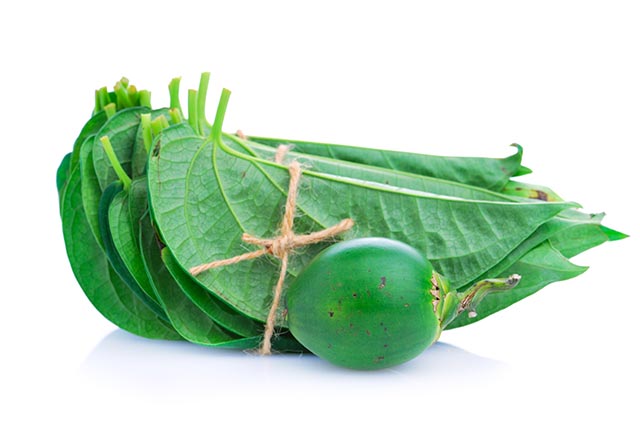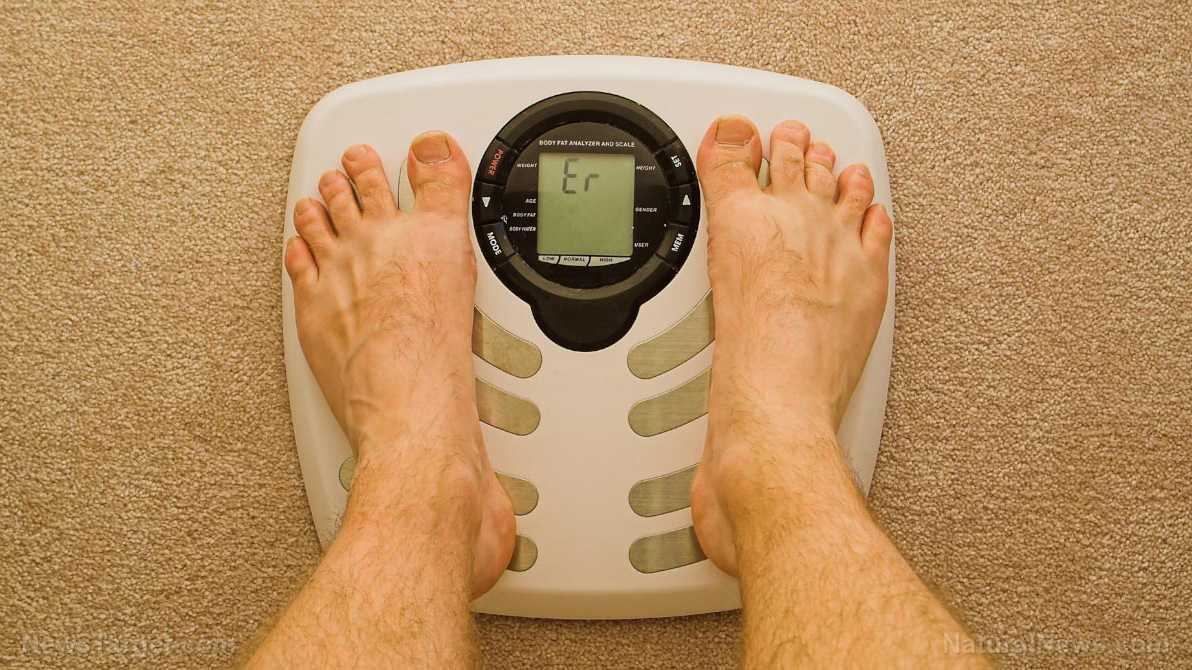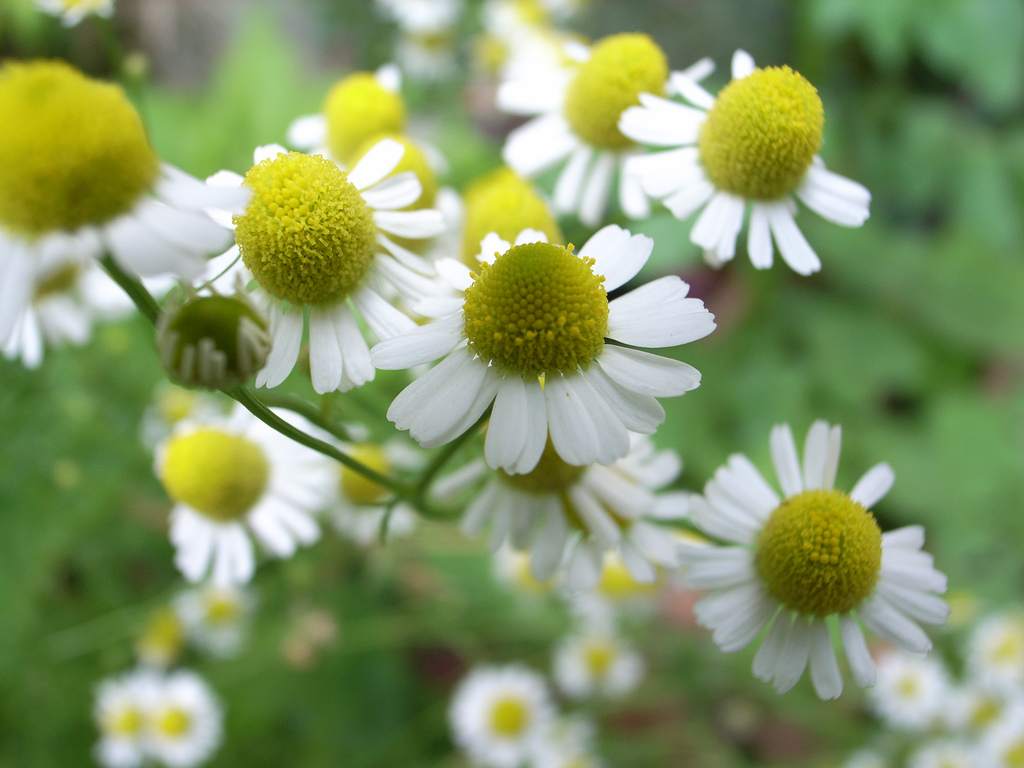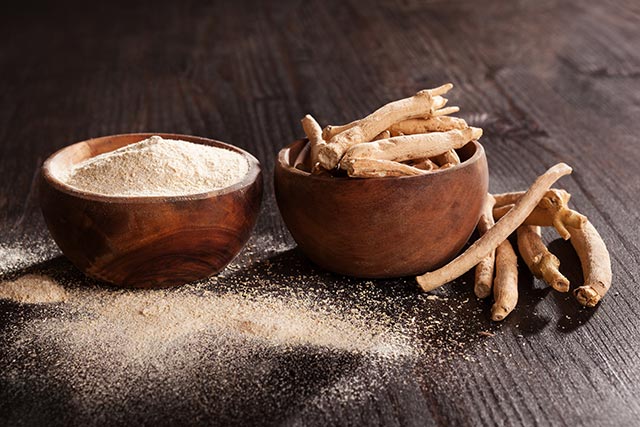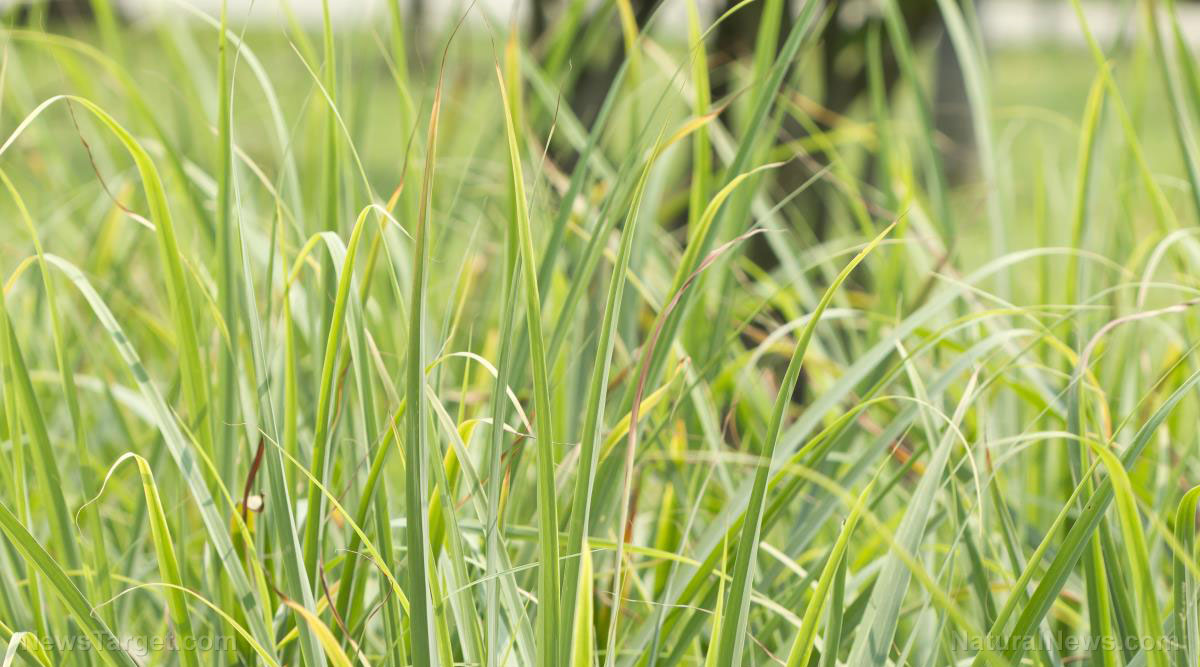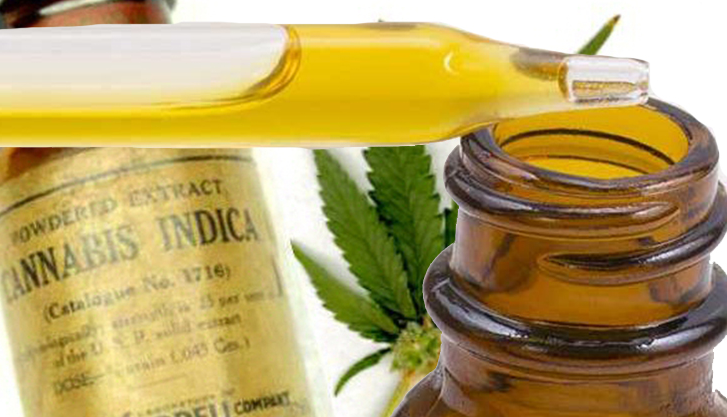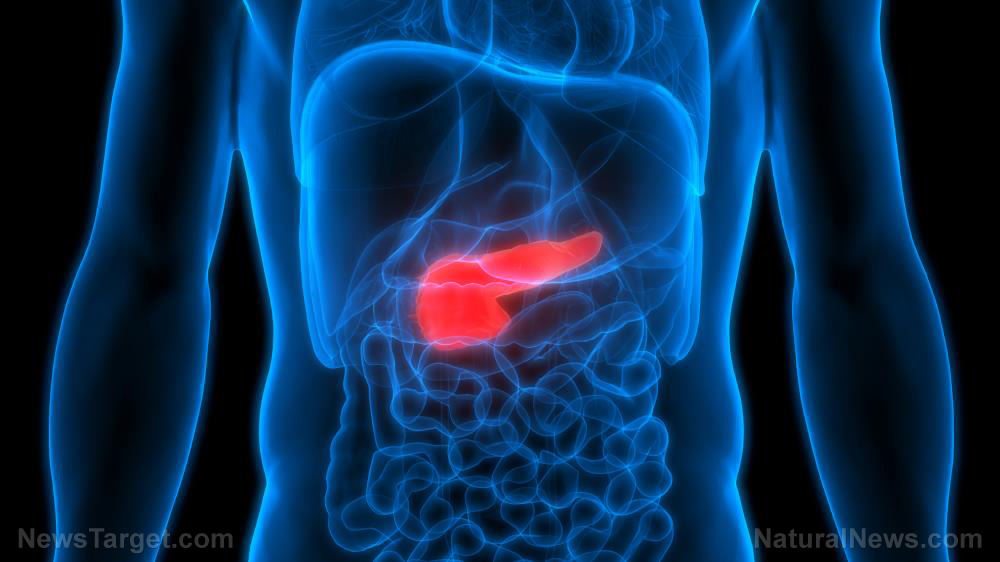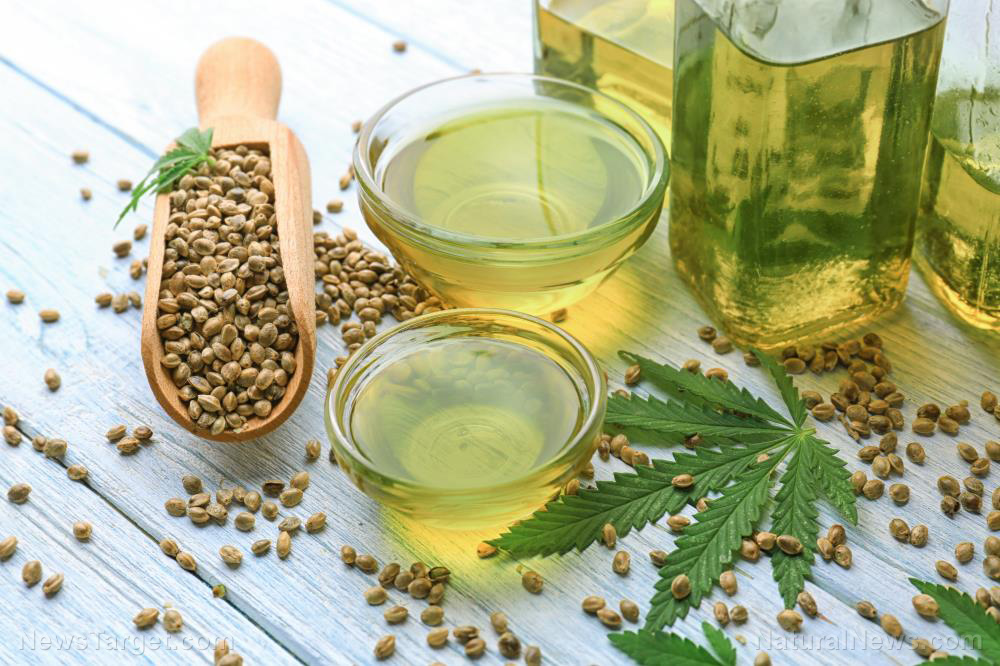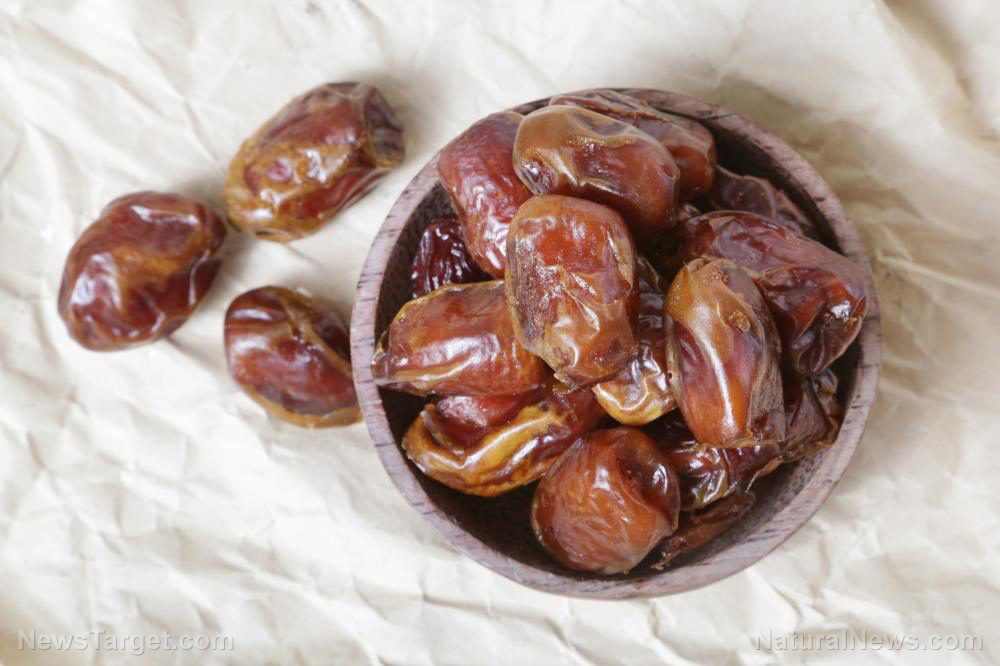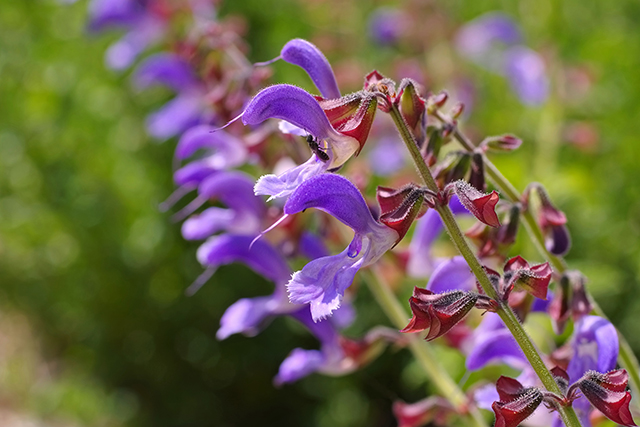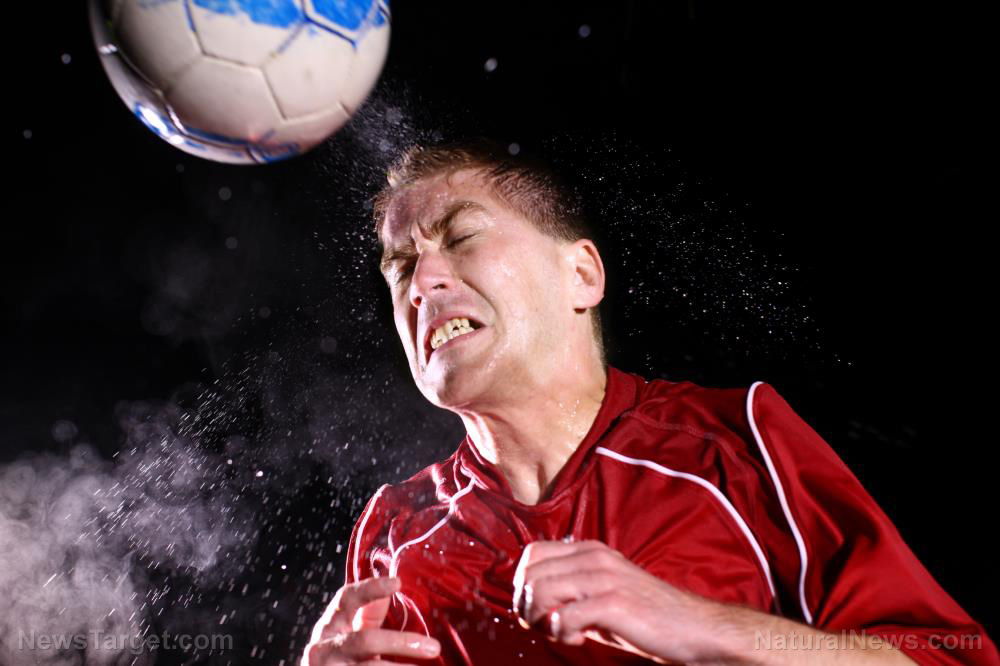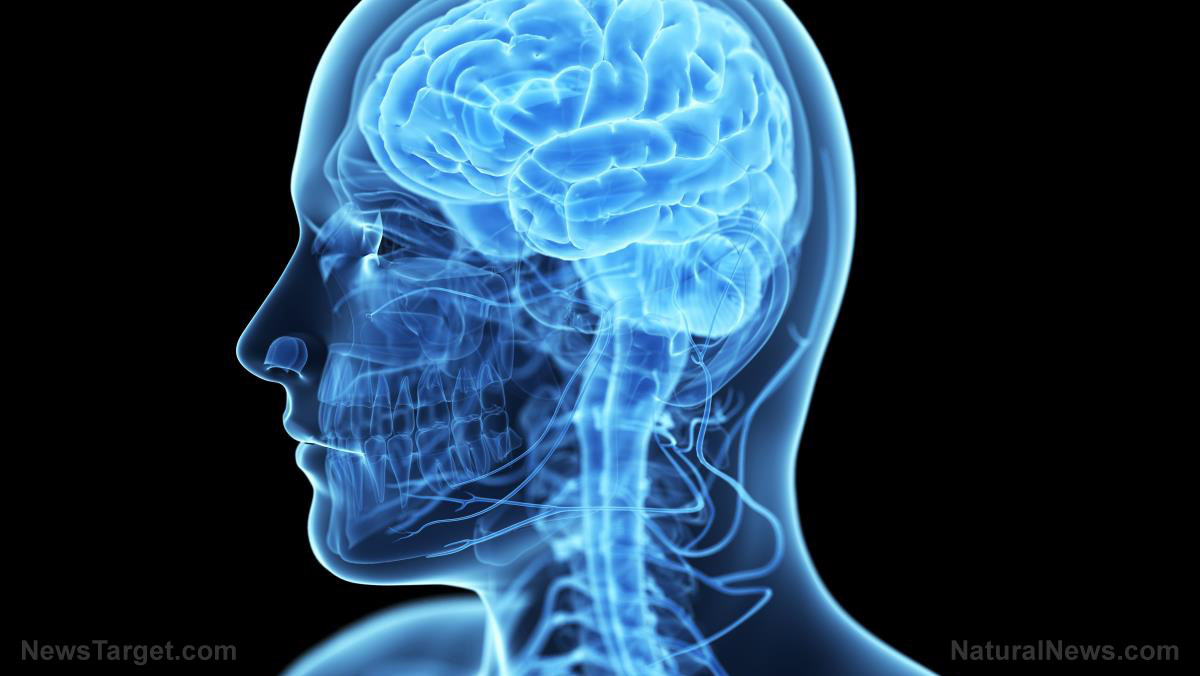Extracts from Chinese ginseng found to protect the brain of stroke patients
12/07/2018 / By Ralph Flores

Chinese researchers have found that panaxatriol saponins (PTS), a derivative from Panax notoginseng, can protect the brain against ischemic injury. In their study, published in BMC Complementary and Alternative Medicine, they identified this biological action to be a result of the ability of PTS to enhance angiogenesis and improve microperfusion.
- The team looked at traditional uses of P. notoginseng, in particular, in treating ischemic stroke.
- To mimic the effects of an ischemic injury to the brain, the team performed middle cerebral artery occlusion (MCAO) in rats and measured the resulting neurological deficit scores and brain infarct volumes.
- To assess multiple markers for brain functions, the team used various assays, namely:
- Micro-positron emission tomography (Micro-PET) for cerebral perfusion
- Real-time PCR and western blotting assays for vascular growth factor and Sonic hedgehog (Shh) pathway component cells.
- Immunofluorescence staining for capillary densities in ischemic penumbrae
- The results showed that PTS-treated rats had improved neurological function and reduced infarct volumes, even after MCAO surgery.
- Micro-PET assays also indicated an increase in 18F-fluorodeoxyglucose (18F-PDG) uptake in PTS-treated rats. The uptake was noted in brain tissue affected by ischemia, which enhanced cerebral perfusion after MCAO.
- PTS also increased capillary densities and enhanced angiogenesis in between regions affected by ischemia. In addition, PTS activated the SHH signaling pathway, which upregulated vascular endothelial growth factor (VEGF) and Angiopoietin-1 (Ang-1) expressions.
The findings revealed that PTS can attenuate brain damage in an ischemic injury model.
Read the full study at this link.
Learn more about the brain and how to keep it healthy at Brain.news.
Journal Reference:
Hui Z, Sha DJ, Wang SL, Li CS, Qian J, Wang JQ, Zhao Y, Zhang JH, Cheng HY, Yang H, et al. PANAXATRIOL SAPONINS PROMOTES ANGIOGENESIS AND ENHANCES CEREBRAL PERFUSION AFTER ISCHEMIC STROKE IN RATS. BMC Complementary and Alternative Medicine. 2017;17(70). DOI: 10.1186/s12906-017-1579-5
Tagged Under: alternative medicine, brain damage, food as medicine, ginseng, herbal medicine, ischemia, ischemic stroke, Panax notoginseng, panaxatriol saponins

